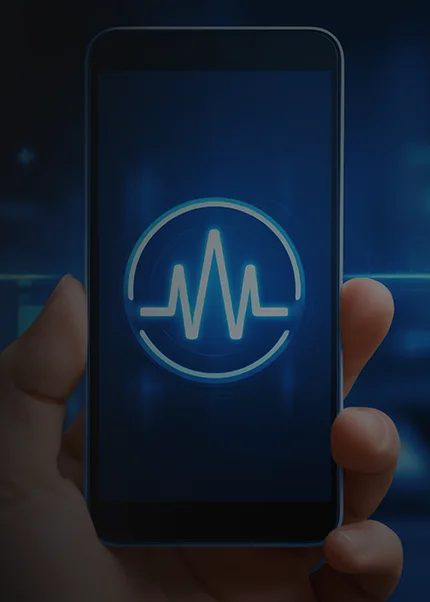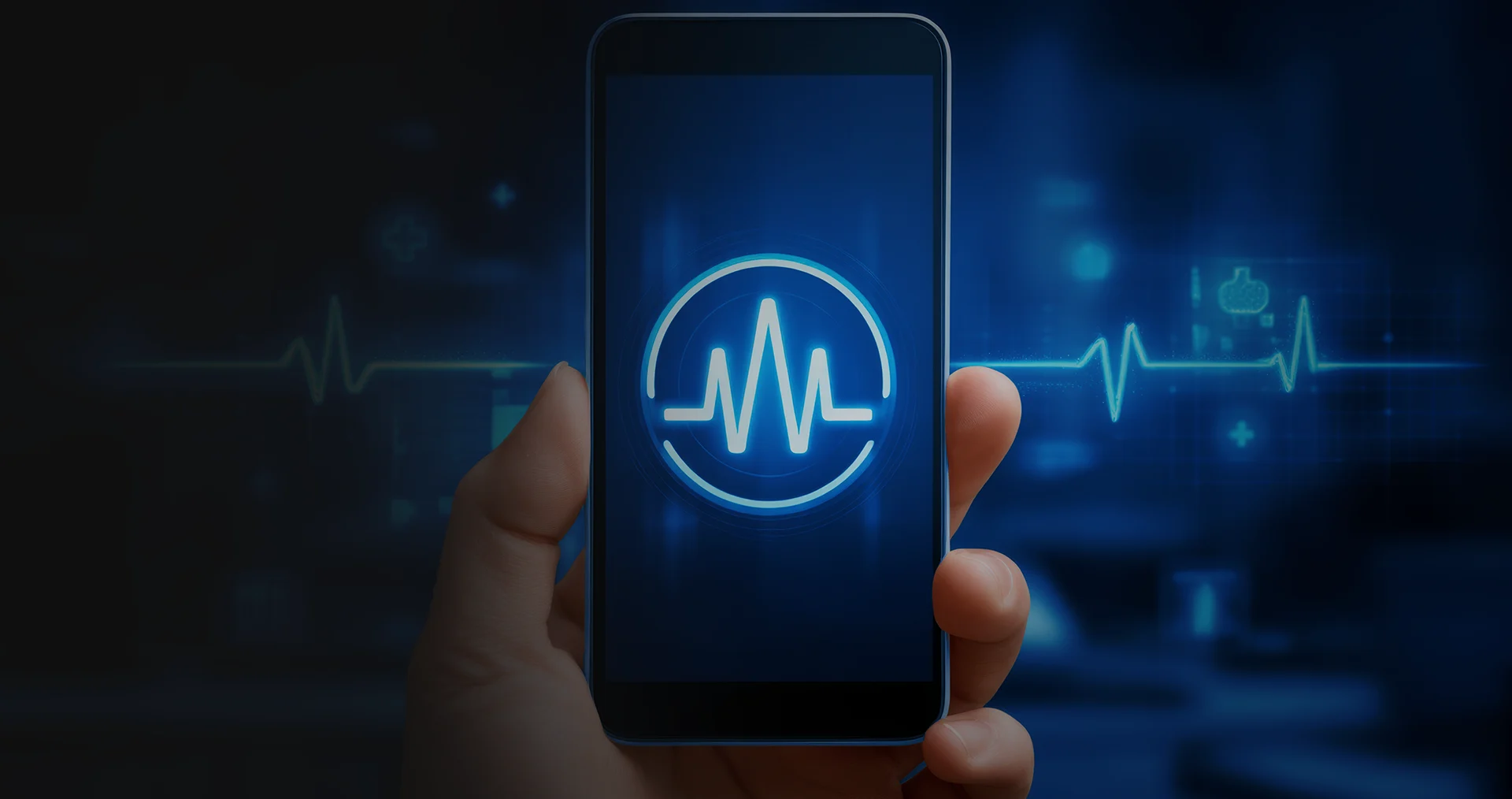
Colour Coding Care – Smart Alerts for Every Emergency
SimplyCast’s Smart Hospital presents Smart Alerts, an emergency alert and coordination system specially designed for your hospital. Smart Alerts automates all or any of your emergency code events using data inputs and requirements, workflows, and real-time communications, and it shows reports on required information.

Your Helping Hand in Every Emergency
Emergency communication systems and the hospital colour codes (or other numbered or named codes) are frequently disjointed, with a mixture of manual processes, pagers, emails, and overhead announcements. Together with staff shortages, rising security risks, and increased regulatory requirements, this is causing delayed responses and human errors, which affect operational efficiency and patient safety.
SimplyCast’s Smart Alerts reduces response times, eliminates manual errors, and provides your hospital with complete oversight of every emergency in every department. Your hospital receives a fully integrable, customizable, and centralized automated emergency notification and escalation system that turns your data inputs and requirements into real-time communications to activate, manage, and resolve emergency events across departments and locations.
Real-Time Emergency Responses
Smart Alerts empowers hospital staff and departments to respond quickly and efficiently to any emergency by transforming your emergency management protocols and everyday operations. This system streamlines communication through automated, role-based alerts across multiple channels, so your staff receives timely and actionable information.
Smart Alerts FAQs: Streamlining Every Emergency
We aim to help you understand some frequently asked questions about Smart Alerts and how they can meet your hospital's needs.
Provide communication during emergencies quicker than ever to save lives and improve safety.
The Smart Alerts central use case is a specialized suite of use cases that all work to optimize how hospital staff respond to emergency codes. Automation tools allow hospitals to deploy mass notifications to staff when a code is called, ensuring rapid responses. Centralized digital databases enable hospitals to create emergency plan templates that can be launched at a moment's notice. Our Smart Alert central use case allows hospitals to adopt systems that transform how several emergency codes are handled.
Technology plays a vital role in transforming hospital operations; code responses are one of the primary operations that can be optimized with smart technology. Here is how technology works to maximize hospital code responses:
- Strengthen communications: During any code event, all parties must receive communication promptly. Technology strengthens communications in several ways, such as alerting systems to deploy code alerts, message templates for specific code situations, databases that allow staff contact information to be easily accessible, and more.
- Improve code plans: Response plans are essential to ensure things run smoothly during an emergency code event. Creating and storing plans within a digital system allows various situations to be stored and easily accessible whenever needed. Having plan templates helps keep all staff aware of what to do.
- Staff Recall: When a code is launched, staff can be recalled at a moment's notice. This feature may use filters only to contact specific staff members and to call in staff based on their role.
- Gather more data analytics: Once an emergency code has successfully been resolved, analytics on the event are an invaluable resource to improve future responses. Technology has the power to optimize data analytics and event reports. This allows hospitals to gain more insight into a previous event and any core challenges that may be important to resolve.
These features demonstrate how automation technology works to transform how hospitals plan and respond to emergency codes.
SimplyCast offers several use cases specifically designed with hospital emergency codes in mind. The Smart Alerts central use case highlights this and includes the following codes:
- Code Blue: Cardiac arrest or related event.
- Code White: Violent person.
- Code Orange: Disaster or mass casualty in or near the hospital.
- Code Red: Fire emergency.
- Code Yellow: Missing patient.
- Code Pink: Pediatric cardiac arrest or related event.
- Code Grey: Utility loss.
- Code Black: Bomb threat.
If your hospital uses different codes, our system is customizable to your specific codes—colours, numbers, or names. With our Smart Alerts central use case, hospitals have numerous opportunities to enhance emergency response procedures.
One of the major benefits of our Smart Alerts central use case is its ability to streamline and optimize communication during code events. For example, when a code is launched, an alert will be sent to all required parties informing them of the event. This ensures that information is shared in real time. In addition to emergency alerts, real-time updates can educate people on current events. For example, during a code yellow, staff may submit updates as they search locations, so others are informed of which areas have already been searched.
Our Smart Alerts central use case provides several benefits to hospitals. Here are some of the key benefits:
- Optimizes many emergency code procedures at once: SimplyCast has created dynamic systems for several emergency codes within hospitals. This ensures that hospitals are not restricted to just one code when they are looking to transform procedures.
- Improves coordination: Automation communication greatly benefits coordination between staff during a code event. Staff may be recalled at a moment's notice and stay in contact with ease throughout the event, ensuring that staff can coordinate with one another easily to respond to the event in the best way possible.
- Keep track of available staff: By providing a digitized central database, hospitals can ensure that only staff that are currently available receive notifications. This reduces the time it takes to recall staff.
- Improve patient outcomes: In code situations where patients are at risk such as in a code blue emergency, patient outcomes can be greatly benefited. By improving response times and ensuring staff can communicate with ease, patients can receive the best possible support they need without delay.
These are just some benefits of the Smart Alerts central use case.
